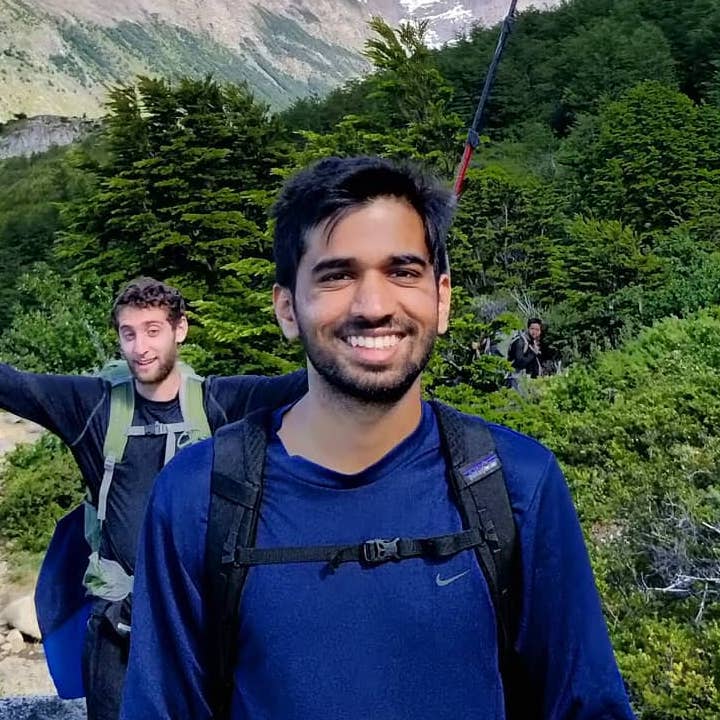As the world marvels at the capabilities of OpenAI’s ChatGPT, one name deserves recognition for playing a pivotal role in developing the revolutionary conversational AI – Prafulla Dhariwal. An expert in machine learning and AI research, Dhariwal’s innovations have been instrumental in training large language models like GPT-3 and its successor, the model powering ChatGPT.
Prafulla Dhariwal pursued a Bachelor’s degree in Computer Science and Mathematics at the prestigious Massachusetts Institute of Technology (MIT), graduating in 2017 with a perfect GPA of 5.0/5.0. His journey with OpenAI began in May 2016 as a research intern. Over the years, he has risen through the ranks to become a research scientist. Among his notable contributions are GPT-3, the revolutionary text-to-image platform DALL-E 2, the innovative music generator Jukebox, and the reversible generative model Glow.
He was complimented by Sam Altman for his contribution. “GPT-4o would not have happened without the vision, talent, conviction, and determination of Prafulla Dhariwal over a long period of time. that (along with the work of many others) led to what i hope will turn out to be a revolution in how we use computers,” posted OpenAI chief Sam Altman on X, praising Dhariwal’s efforts behind GPT-4o.
Scaling Up Language Model Training
One of Dhariwal’s key breakthroughs was introducing the “Reversible Residual Layers” method for training Transformers at unprecedented scale. By enabling greatly increased memory efficiency during model training, this approach allowed OpenAI to develop GPT-3 with over 175 billion parameters – making it the largest language model of its kind at the time.
But mere scale is not enough to produce an AI assistant as coherent and capable as ChatGPT. Dhariwal’s techniques like “Recursive Reformulator” enabled the stabilization of the training process for such gigantic models, helping them generalize more effectively.
His subsequent work on “InstructGPT” further fine-tuned the training data and process specifically for open-ended question-answering and dialogue tailored for human preferences.
The Road to ChatGPT
ChatGPT builds upon many of the core training innovations by Dhariwal and the OpenAI team over multiple AI generations. While exact details are uncertain, it likely incorporates elements like:
- Reversible layers for scaling up model size efficiently
- Recursive reformulation to improve consistency and coherence
- InstructGPT data filtering for open-ended dialogue quality
- Multi-modal input processing for analyzing text, images, etc.
The end result is an AI assistant that can engage in fluid conversations, provide well-researched answers, and even generate creative content like articles and computer code – all while maintaining a helpful, harmless, and honest demeanor thanks to its novel training process.
As excitement and scrutiny around ChatGPT continues growing, Dhariwal remains humble about his pivotal role in its creation. In an interview, he simply stated: “My work is to help push the boundaries of what’s possible with large language AI. ChatGPT is just the latest milestone on that journey.”
Whether democratizing knowledge access or eventually achieving artificial general intelligence, OpenAI and Prafulla Dhariwal are leading the charge in developing safe and beneficial conversational AI assistants. And based on the ChatGPT phenomenon, this innovative mind has already etched his place in AI history.


